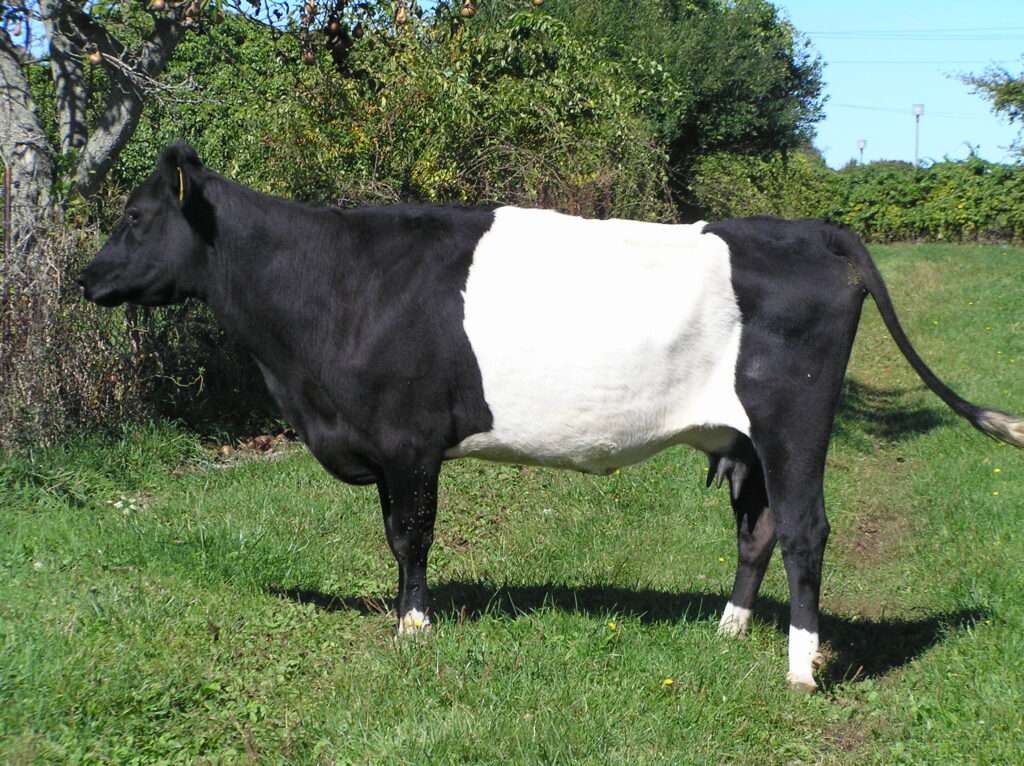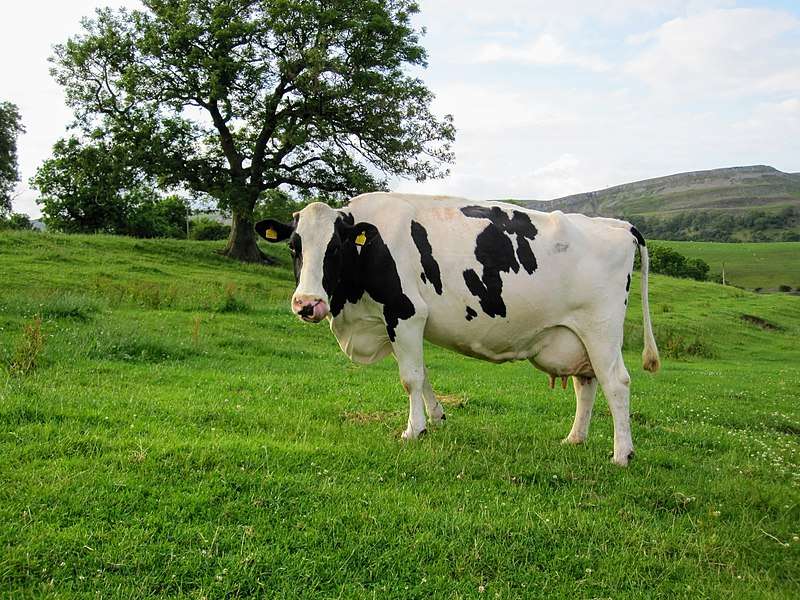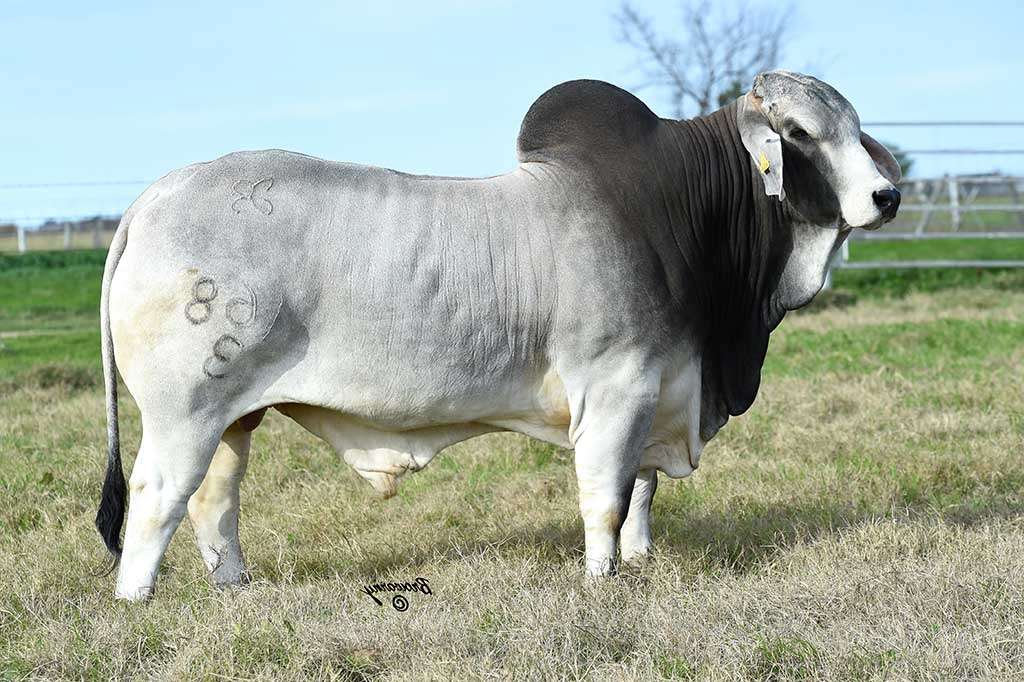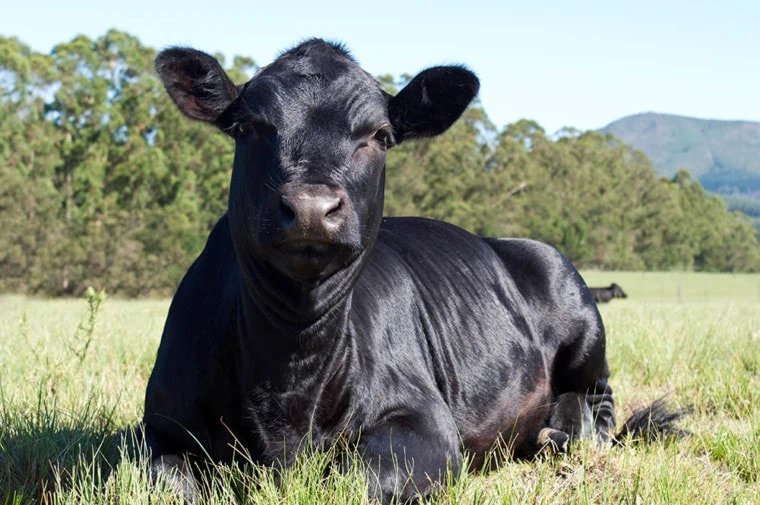
Size
1,350 to 2,000 pounds.
Color
Black, Dusky Red, with a belt of white.
Physical appearance
They are medium-sized animals with black or dark red coloring and a broad white belt around their waist, primarily between the cow’s shoulders and hips. Longhorns with a slight curl at the ends are a characteristic of both bulls and cows. This breed has a long, broad, and slightly dished-shaped head. They also feature a deep midsection, a long, wide rump, and a triple-wedge body.

Characteristics and Genetics
The Dutch Belted or Dutch Belt is a dairy cattle breed native to the United States. It comes from the German and Dutch Lakenvelder, of which specimens were sent to the United States in 1838. D.H. Haight brought some Lakenvelder stock to Goshen, New York, in 1838. Later, in 1848, more Lakenvelder stock was imported, this time to Orange County and Pennsylvania. Finally, in 1906, a single cow was transported to New Jersey.
Uses
The Dutch Belted cattle breed is mostly utilized as a dairy cow, as was already mentioned. The breed can also be bred to produce meat, even though it is mostly raised for milk production.
However, given that this breed is endangered, it is likely that they are mainly used for producing milk.
Population/Distribution/Habitat
There are just 300 Dutch Belted cattle, according to estimates, in the United States as of right now because the breed is rare. There are reportedly fewer than 1,000 still in existence.
There are currently several efforts being made to conserve the cattle because they are on the critical list. Additionally, this breed thrives in a climate that is most similar to its natural climate.
Table





